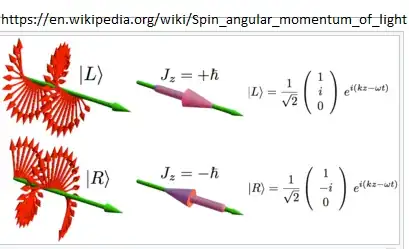The instantaneous electric field at any point in time from a monochromatic light source is given by:
$\mathbf{ \epsilon } (\mathbf{r}, t) = $Re$[ \mathbf{E}(\mathbf{r})$ exp$( i \omega t)] $
where $\omega$ is the optical frequency and $\mathbf{r}$ picks out some location in 3D space. $\mathbf{E}$ is the complex electric field vector.
Setting $\mathbf{E} = [1, i]$ as in your example we find:
$\mathbf{ \epsilon } (\mathbf{r}, t) = $ [cos($\omega t$), sin($\omega t$) ].
We can move to a frame rotating at the optical frequency by applying the rotation matrix (with time-dependent angle):
$R = [ \cos(\omega t), -\sin(\omega t) \\
\sin(\omega t), \cos(\omega t)] $
So we get
$R \epsilon = [1, 0] $
This makes perfect sense. The circularly polarised wave was described by an electric field vector of constant length but with orientation going in a circle over time. In the rotating frame we don't see this rotation and are left with a vector of constant length and direction.
Note that in the rotating frame the circular polarised wave does not become the same as a linearly polarised wave. A linearly polarised wave with $\mathbf{E} = [1, 0]$ gives rise to $\mathbf{ \epsilon }(t) = [\cos(\omega t), 0]$. This is not the same as $\mathbf{ \epsilon }(t) = [1, 0]$. The overall magnitude of the instantaneous electric field for a linearly polarised wave has zeros, the circular field does not. The move to a rotating frame does not change this. Similarly starting with a linearly polarised field a move to a rotating frame does not make it become a circularly polarised field (it still has zeros).
